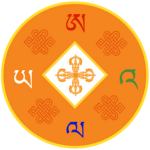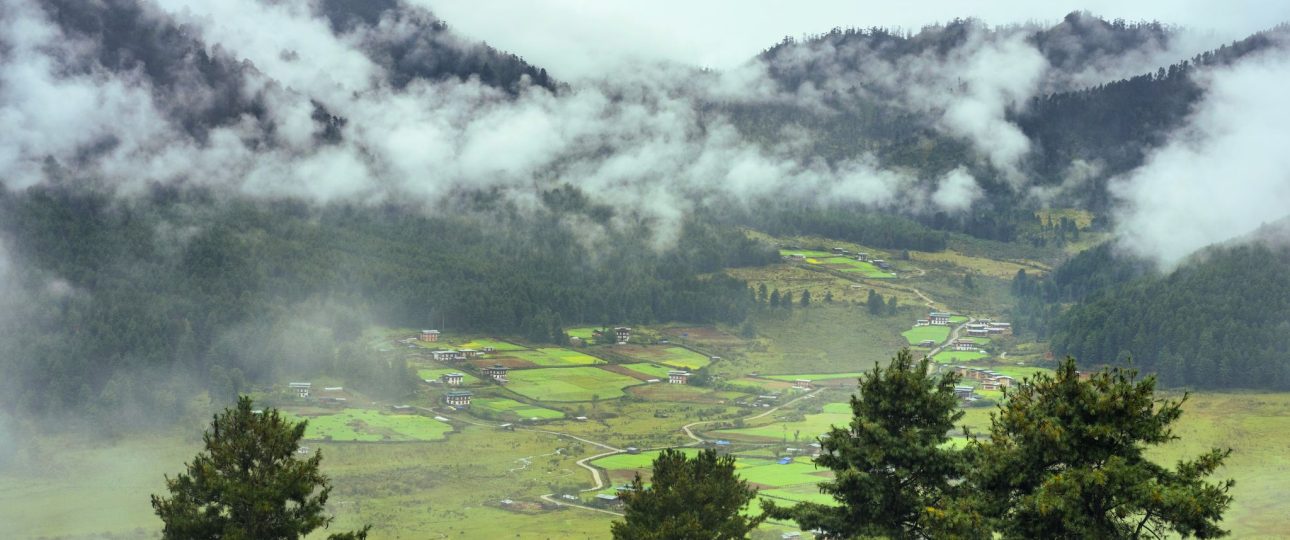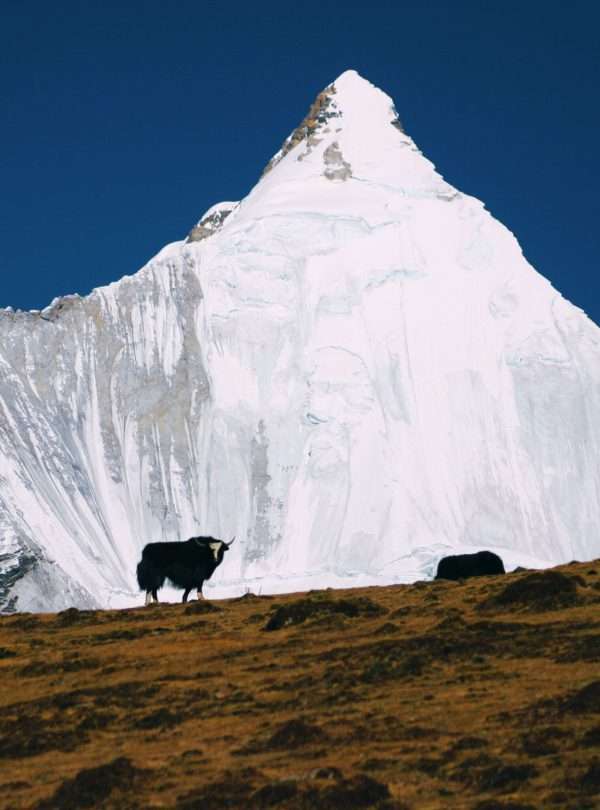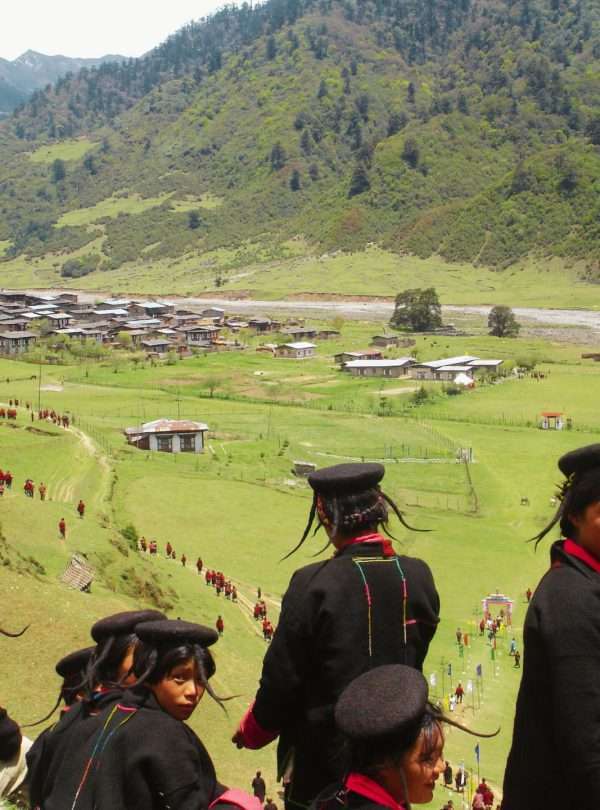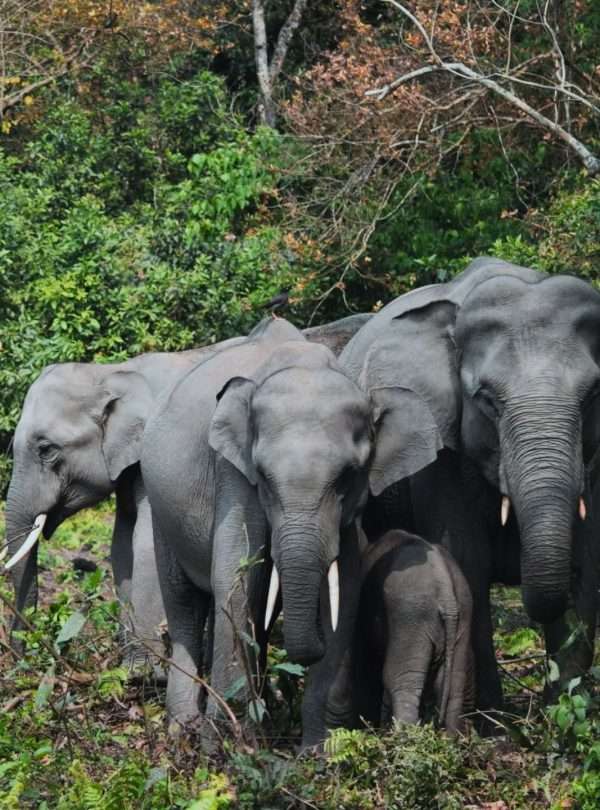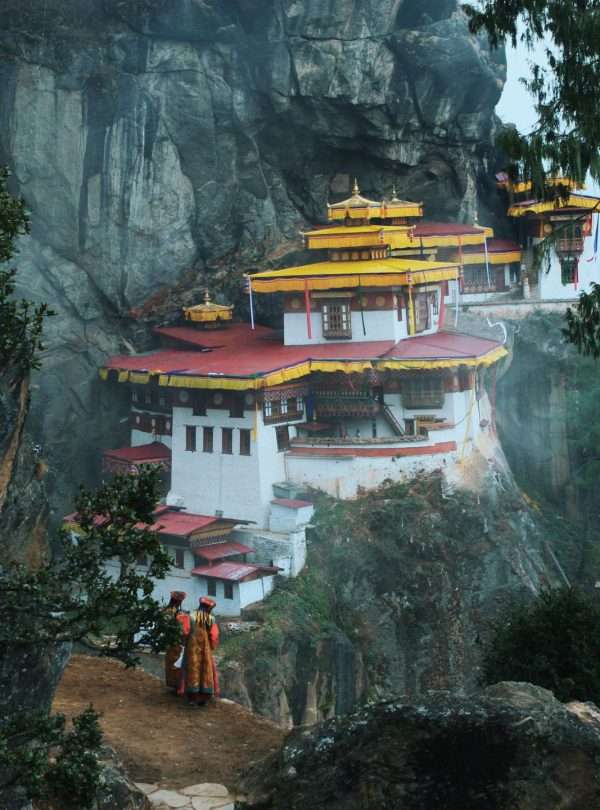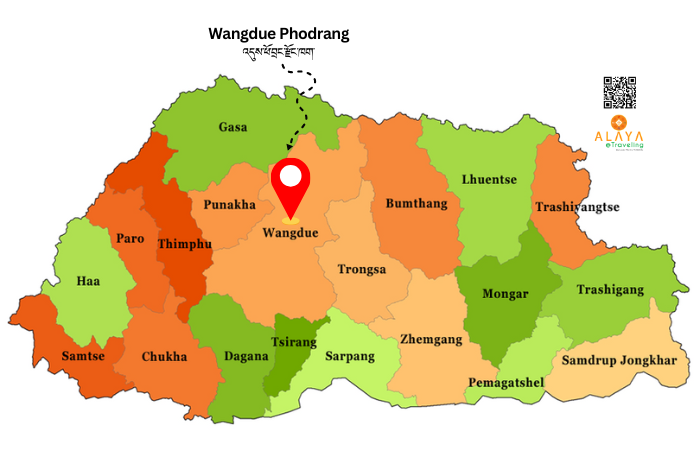
Suited gracefully in the heart of Bhutan, Wangdue Phodrang District is a land where ancient legends whisper through pine-covered hills, and the river valleys echo the chants of timeless Himalayan spirituality. This awe-inspiring district, often overlooked in favor of more mainstream destinations like Paro and Thimphu, is an untouched treasure waiting to be explored. Enriched with historical charm, dramatic landscapes, vibrant culture, and sacred monasteries, Wangdue Phodrang stands proudly as a gateway to Bhutan’s serene soul.
The name Wangdue Phodrang, meaning “The Palace where the younger brother is ruled,” was given by the unifier of Bhutan, Zhabdrung Ngawang Namgyal, in 1638. It is believed that he encountered a young boy named Wangdi playing by the river and named the dzong after him. Ever since, this historic district has played a significant role in Bhutanese history, governance, and spirituality.
Wangdue Phodrang Dzong: The Guardian of the Valley
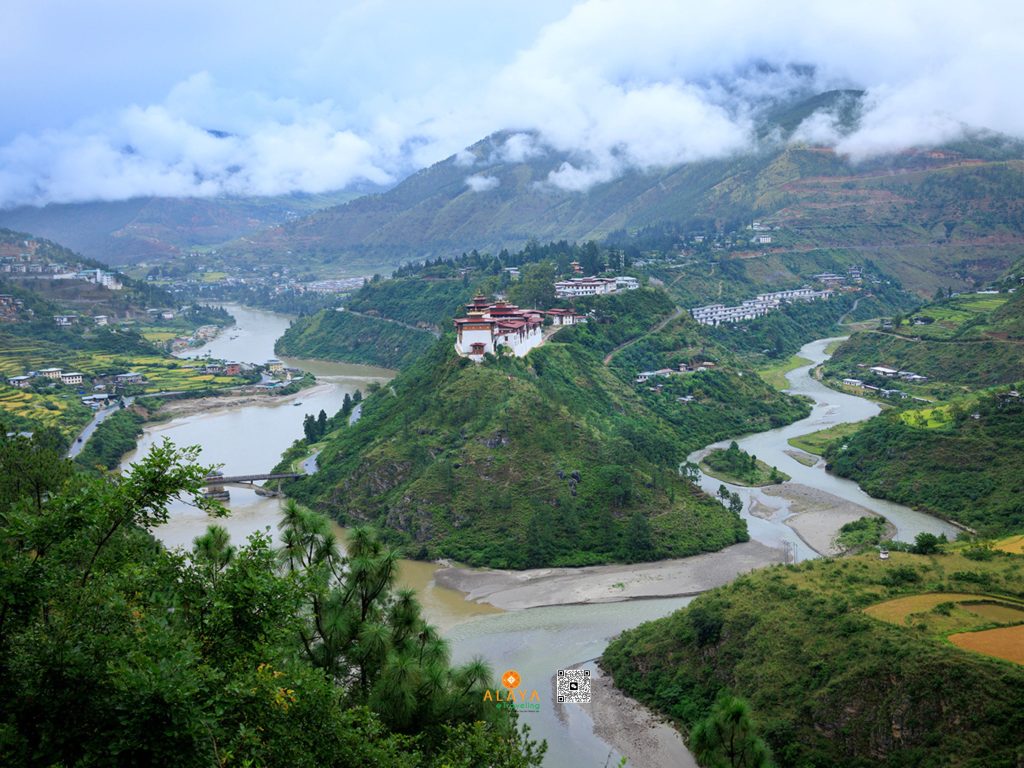
No description of the district is complete without the majestic Wangdue Phodrang Dzong, perched strategically on a ridge overlooking the confluence of the Dangchu and Punatsangchu rivers. Though the original dzong was tragically consumed by fire in 2012, the reconstruction has been a national priority, symbolizing the unwavering spirit and unity of the Bhutanese people.
The dzong, once restored, will stand again as a mighty fortress and a beacon of Bhutan’s timeless architectural splendor. From its towering walls and golden roofs, one can gaze upon sweeping views of the valley below, an ideal moment for photography enthusiasts and seekers of Bhutan’s regal heritage.
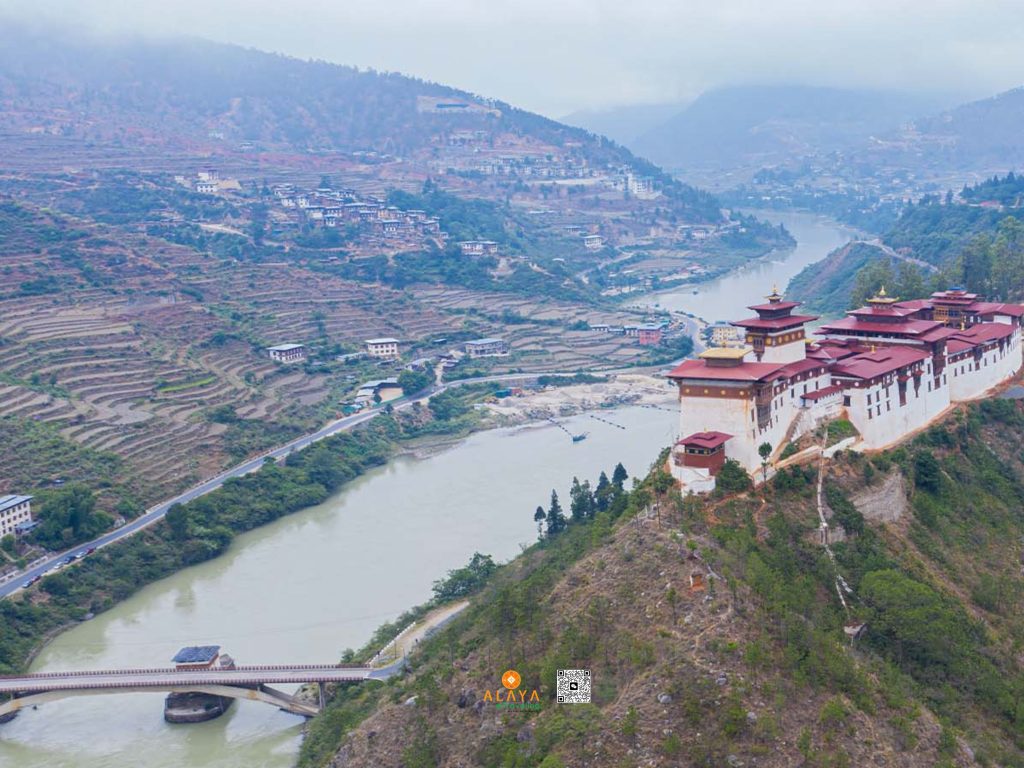
Nature’s Masterpiece: A Canvas of Green Valleys and Rolling Hills
Wangdue Phodrang is a haven for nature lovers, eco-tourists, and adventure seekers. Its scenic terrain ranges from lush green subtropical forests in the south to snowy peaks in the north. The mighty Puna Tsang Chhu River meanders through the valleys, nourishing life and painting an ethereal portrait of tranquility.
The district’s breathtaking Phobjikha Valley, a protected glacial valley, is a place of surreal beauty and spiritual serenity. This is the famed winter home of the endangered black-necked cranes, which migrate from the Tibetan Plateau every year. Watching these elegant birds glide across the sky, set against a backdrop of misty hills and golden meadows, is a soul-stirring experience.
Phobjikha is also the heartland of the Gangtey Monastery, an important center of the Nyingma school of Buddhism. Surrounded by ancient pine forests and enveloped in peaceful silence, Gangtey is more than a religious site—it is a sanctuary of spiritual healing and reflection. The annual Black-Necked Crane Festival, held in the courtyard of Gangtey Monastery, celebrates the harmonious coexistence of humans and wildlife, drawing both domestic and international travelers to witness this unique cultural event.
